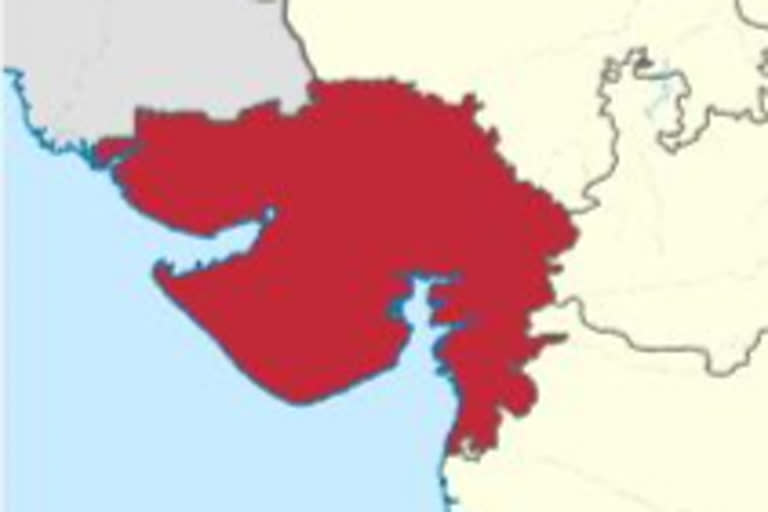Ahmedabad: With the stage all set and campaigning in full swing, caste equations in the upcoming Gujarat assembly elections are set to play a key role in deciding the outcome. The Patidar community, one of the most influential in the state and holding sway over several seats, are targetted by the ruling BJP as well as Congress and AAP alike.
With a total of 182 assembly seats in Gujarat, the BJP, in its electoral list, has included a total of 45 Patidar candidates. For Congress, the count stands at 42 whereas AAP, a late entrant and a new player in the state, has fielded 46 such candidates. In the Saurashtra region of the state, the community has a hold in districts of Amreli, Rajkot and Morbi districts.
The group's slant towards BJP takes place more than three decades back. The 'KHAM' (Kshatriya, Harijan, Adivasi, Muslim) theory implemented by Congress in the state by three-time Gujarat Chief Minister Madhavsinh Solanki to increase INC's vote bank led to Patidars shifting their weight firmly behind the BJP.
In the 14th Gujarat assembly, 44 out of the total 182 MLAs were Patidars. In the Bhupendra Patel administration, a little less than one-third of all legislative assemblies (31 out of 111) belong to the group.
This time, however, both Congress and AAP appear to be looking at the area as a potential entry point after the BJP suffered major losses due to the Patidar agitation back in 2017 demanding reservation.
In the oncoming shakeup, BJP's vote count came crashing to 19 in the previous polls, the benefits of which favoured Congress which raised its count from 15 to 28. The grand old party and the Kejriwal-led side have fielded 19 and 16 Patidar candidates this time.



